Table of Contents
Introduction
Distilled vinegar is primarily made from water and ethanol derived from fermented grains like corn or wheat. This simple combination undergoes fermentation and distillation to create a versatile ingredient used worldwide for cooking, cleaning, and health applications. Understanding its composition helps you select the right product for your needs.
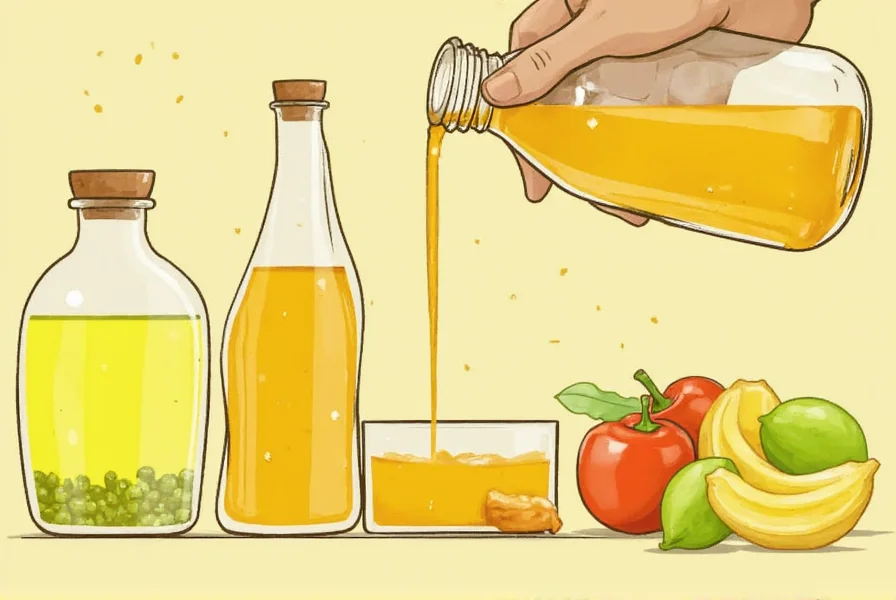
What Is Distilled Vinegar?
Distilled vinegar is a clear, high-acidity vinegar produced by distilling fermented ethanol. It contains 5-8% acetic acid, making it ideal for pickling, cleaning, and culinary uses. Unlike other vinegars, it has a neutral flavor profile due to its purification process, ensuring consistency across applications.
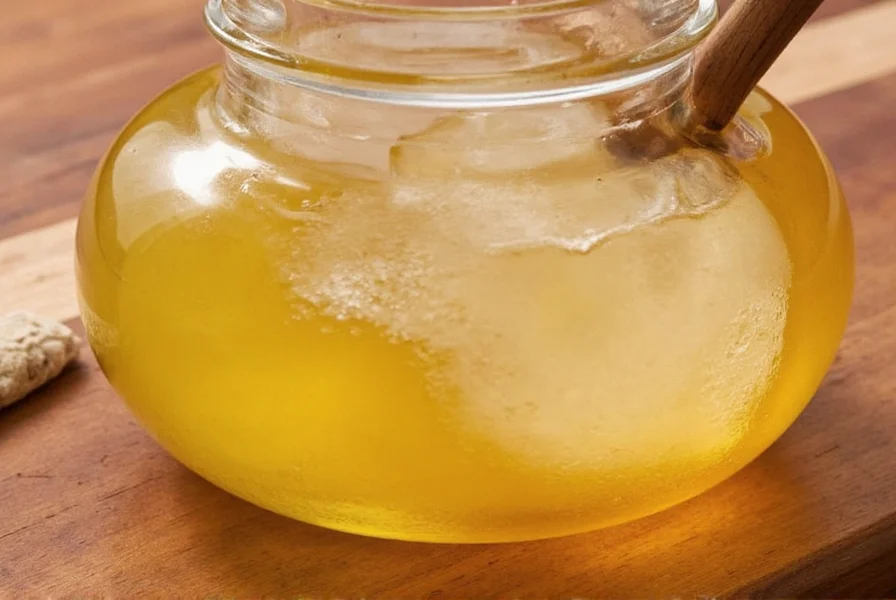
The Main Ingredients in Distilled Vinegar
Distilled vinegar consists of only two key ingredients, as confirmed by the USDA and FDA:
- Water: Acts as the solvent, diluting the acetic acid to safe levels for consumption and use.
- Ethanol: Sourced from fermented grains (typically corn, wheat, or barley), which is then converted to acetic acid through bacterial fermentation.
During production, the ethanol is distilled to remove impurities, resulting in a pure, colorless liquid. According to the FDA, distilled vinegar must meet strict purity standards, with no added sugars, artificial flavors, or colorants in standard culinary versions.

How Is Distilled Vinegar Made?
The production process follows strict food safety protocols to ensure quality and consistency:
- Fermentation: Grains are mashed and mixed with water, then fermented with yeast to produce alcohol (ethanol).
- Acetic Acid Conversion: The ethanol solution is exposed to acetic acid bacteria (Acetobacter), which oxidize it into acetic acid.
- Distillation: The mixture is heated to separate acetic acid from impurities, then cooled to create a pure, concentrated vinegar.
- Dilution and Packaging: The concentrated vinegar is diluted to 5-8% acidity for safe use and bottled under regulated conditions.
This method ensures the final product is safe for consumption and meets FDA guidelines for food-grade vinegar.
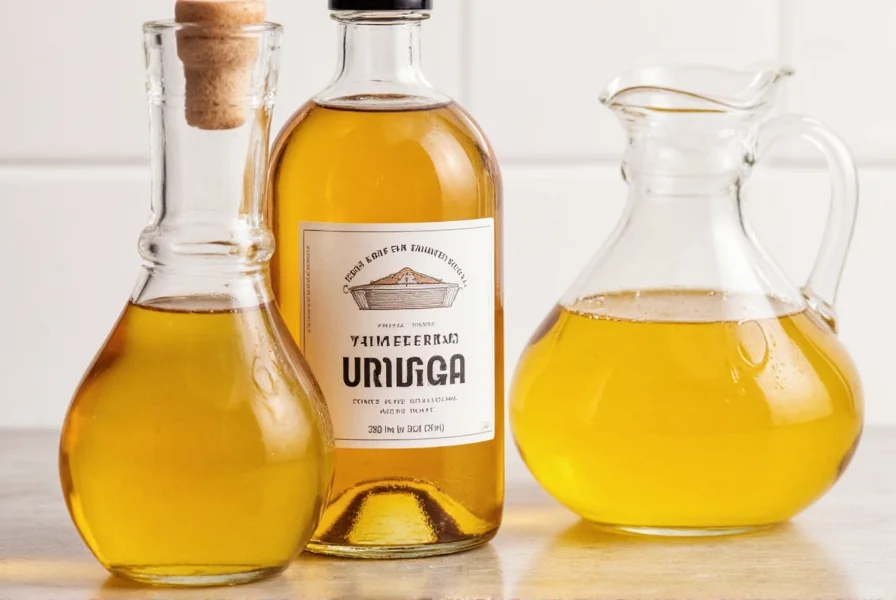
Uses and Benefits of Distilled Vinegar
Distilled vinegar's versatility comes from its acidity and natural disinfectant properties. Here are evidence-based applications:
- Cooking: Ideal for pickling vegetables (e.g., cucumbers, onions), making salad dressings, and tenderizing meats. Its neutral taste won't overpower dishes.
- Cleaning: A natural, non-toxic cleaner for windows (mix 1:1 with water), removing hard water stains, and unclogging drains. The EPA recognizes vinegar-based cleaners as effective for household disinfection.
- Health and Wellness: Used in moderation for digestive support (e.g., diluted in water before meals) and as a natural remedy for minor skin irritations. Always consult a healthcare provider for medical advice.
- DIY Projects: A key ingredient in homemade fabric softeners (add 1/2 cup to rinse cycle), natural weed killers (full-strength spray), and skincare toners (diluted to 1-2% concentration).
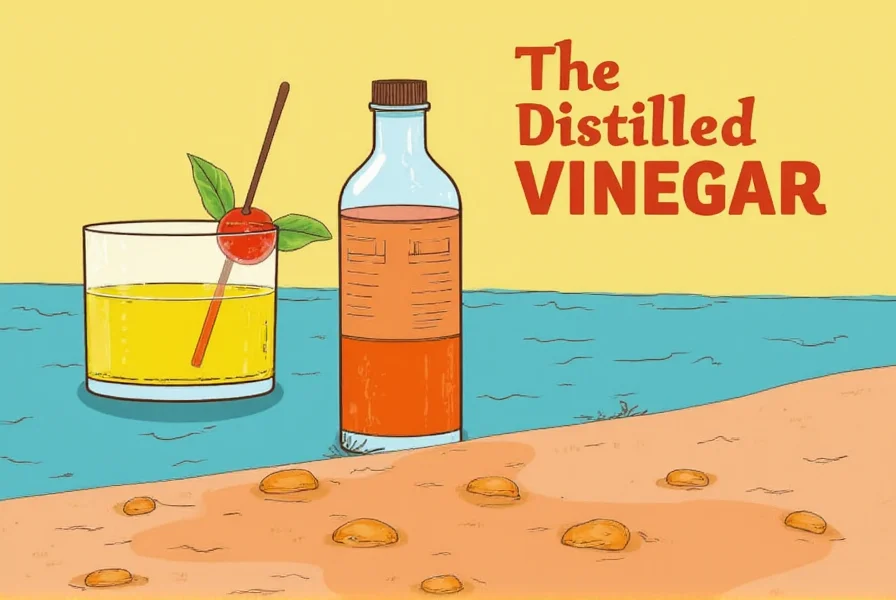
Frequently Asked Questions
What is distilled vinegar made from?
Distilled vinegar is made from water and ethanol derived from fermented grains like corn or wheat. During production, the ethanol is converted to acetic acid through bacterial fermentation, then distilled to remove impurities. The final product contains 5-8% acetic acid and meets FDA purity standards.
Is distilled vinegar made from alcohol?
Yes, distilled vinegar starts with an alcohol base (ethanol) from fermented grains. This ethanol is then transformed into acetic acid by acetic acid bacteria during fermentation. The distillation process removes residual alcohol, leaving only trace amounts in the final product.
What's the difference between white vinegar and distilled vinegar?
White vinegar and distilled vinegar are often used interchangeably, but distilled vinegar specifically refers to vinegar that has been purified through distillation. This process results in a cleaner taste and higher consistency (typically 5-8% acidity). "White vinegar" is a broader term that may include non-distilled varieties, but in practice, most commercial white vinegar is distilled.
Can distilled vinegar be made from other sources besides grains?
Technically yes, but grain-based ethanol is standard for culinary distilled vinegar due to its neutral flavor and cost efficiency. Some industrial versions may use potatoes, fruits, or wood, but these are rare for household use. The FDA requires all food-grade distilled vinegar to be made from edible sources and meet purity standards.
Is distilled vinegar safe to consume?
Yes, when used in normal culinary amounts (e.g., in dressings or pickling). The FDA classifies it as Generally Recognized As Safe (GRAS). However, undiluted vinegar should never be consumed directly due to its high acidity, which can erode tooth enamel or irritate the esophagus. Always dilute it for health applications.
Buying Guide: How to Choose the Best Distilled Vinegar
Not all distilled vinegars are equal. Follow these expert tips to select the right product:
| Product Type | Key Features | Best Use Cases | Target Audience |
|---|---|---|---|
| Standard Culinary Distilled Vinegar | 5% acidity, no additives, food-grade certification | Cooking, pickling, salad dressings | Home cooks, food enthusiasts |
| Organic Distilled Vinegar | USDA-certified organic grains, 6% acidity | Health-conscious cooking, natural remedies | Eco-friendly consumers, wellness advocates |
| Industrial-Grade Distilled Vinegar | 10-15% acidity, high-purity standards | Commercial cleaning, industrial applications | Businesses, professional cleaners |
When choosing, prioritize products labeled "food-grade" for culinary use and check the acidity level on the label. For cleaning, higher acidity (7-10%) works best, but always dilute according to manufacturer instructions.
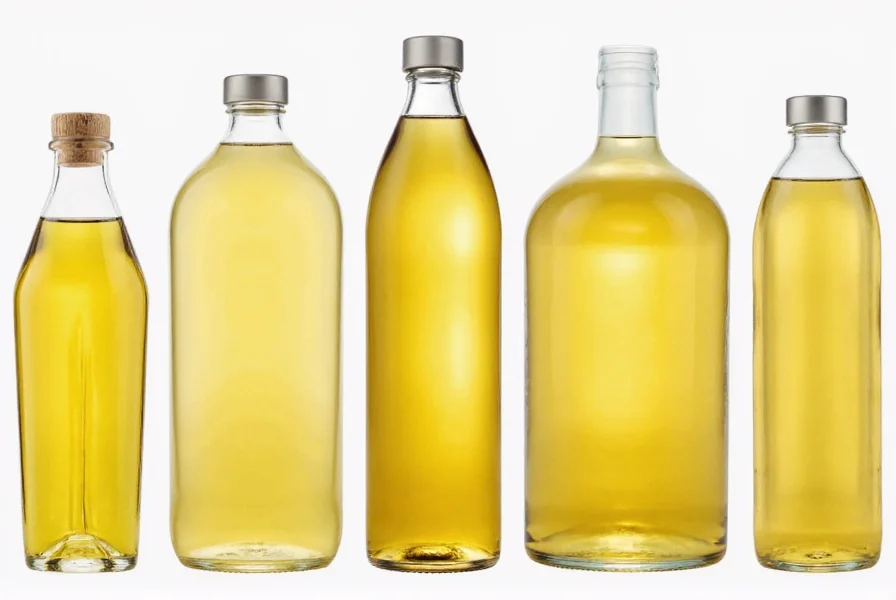
Conclusion
Distilled vinegar is fundamentally made from water and grain-derived ethanol, transformed through fermentation and distillation into a versatile, food-safe ingredient. Its neutral flavor and consistent acidity make it ideal for culinary, cleaning, and DIY applications. Always verify product labels for food-grade certification and appropriate acidity levels to ensure safe and effective use.
By understanding what distilled vinegar is made from and how it's produced, you can confidently select the right product for your needs—whether in the kitchen or around the home.
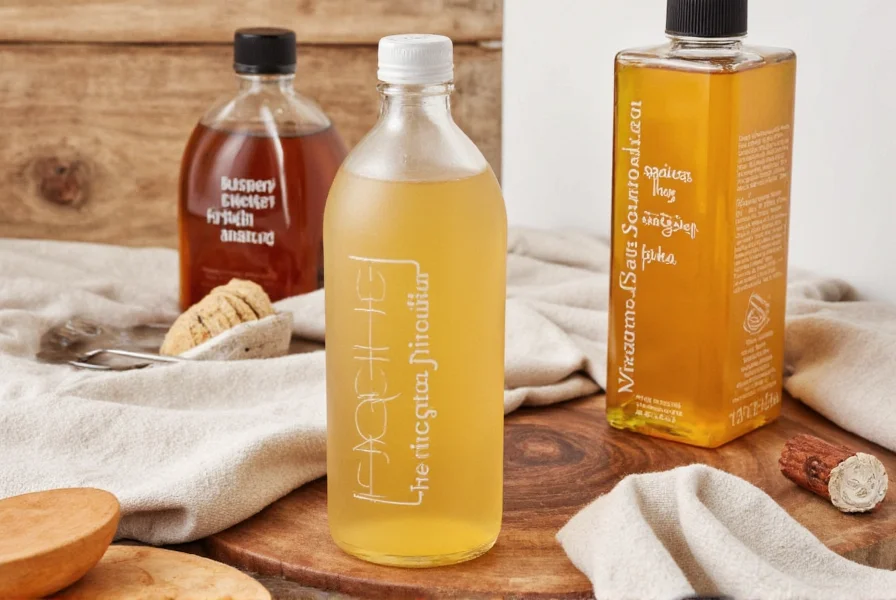

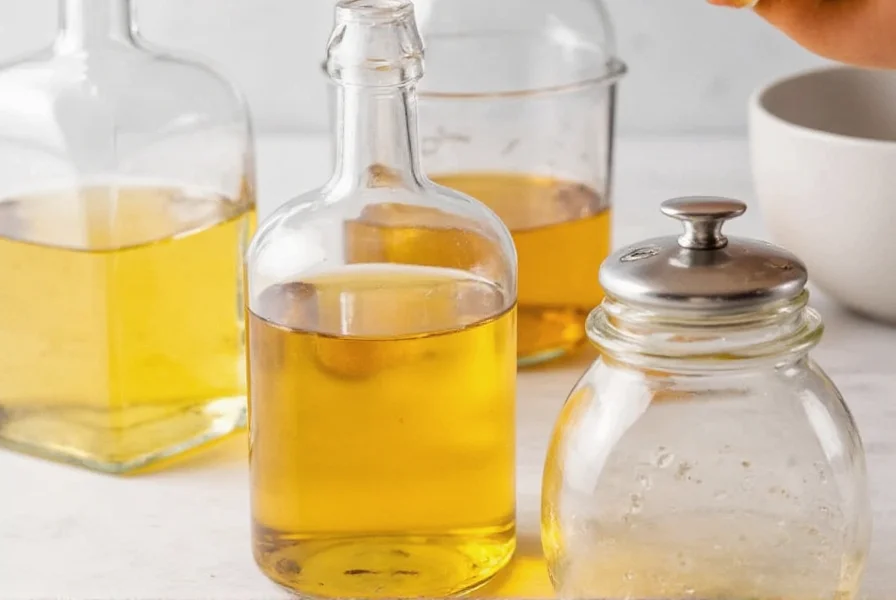









 浙公网安备
33010002000092号
浙公网安备
33010002000092号 浙B2-20120091-4
浙B2-20120091-4